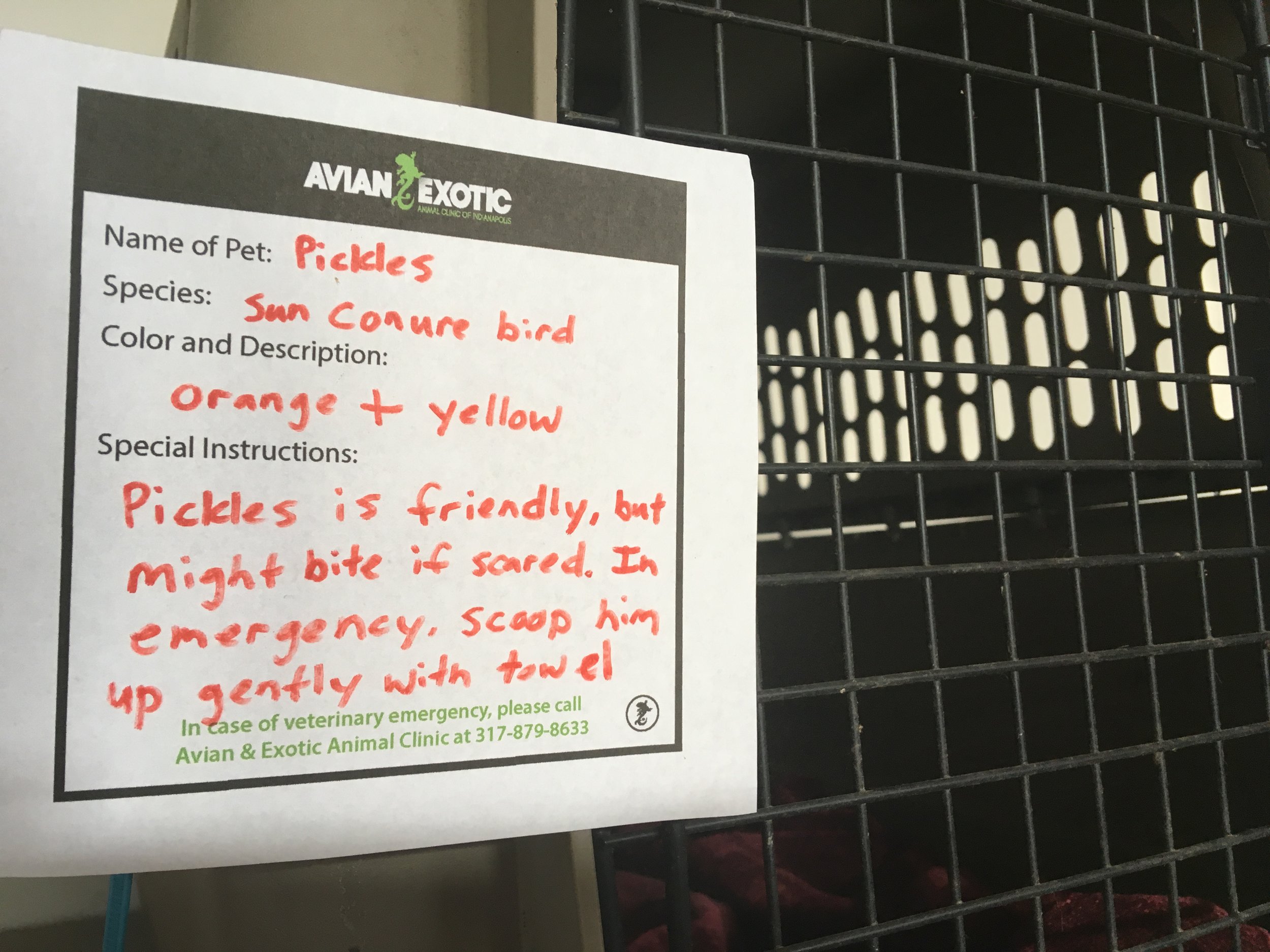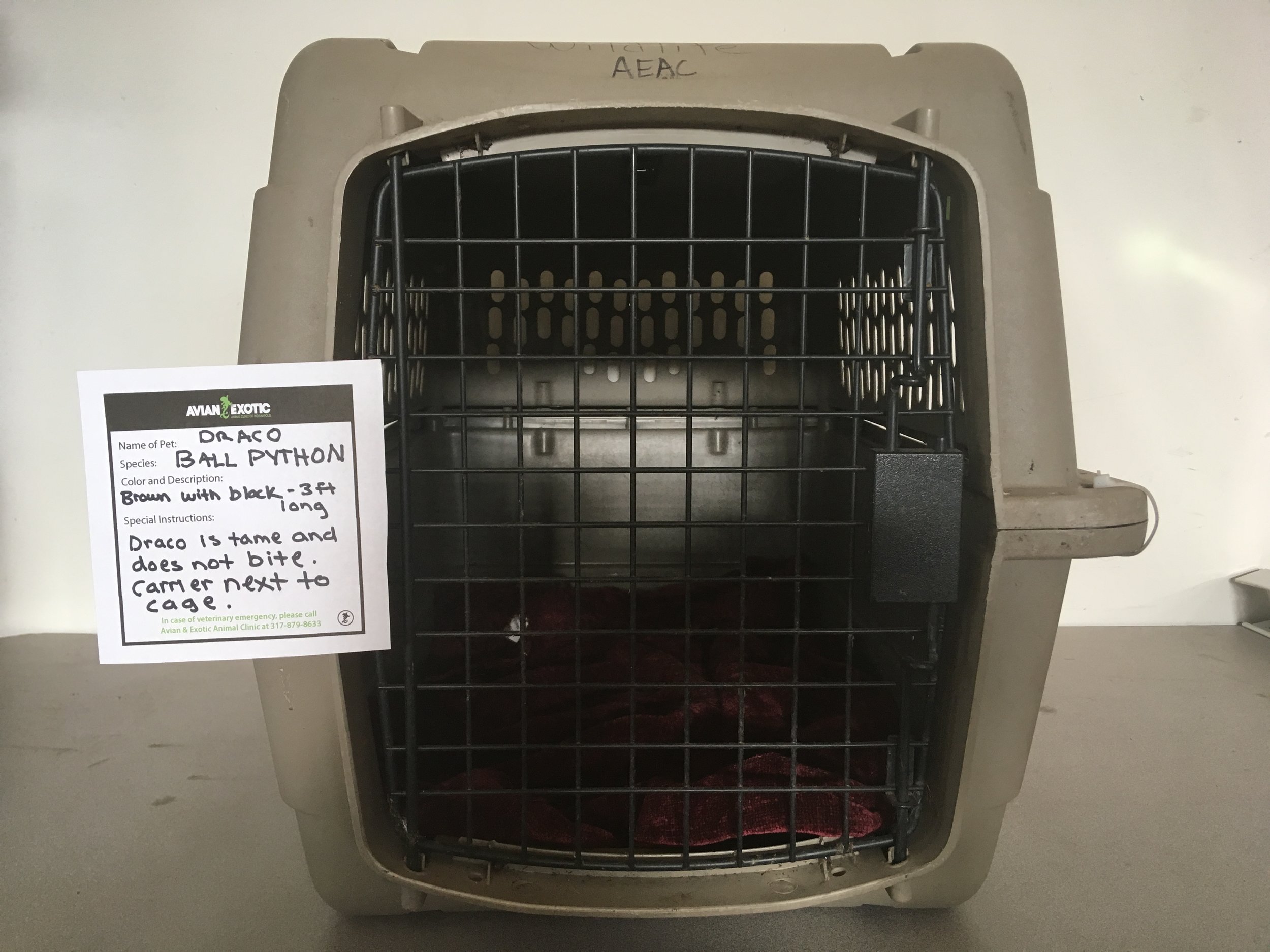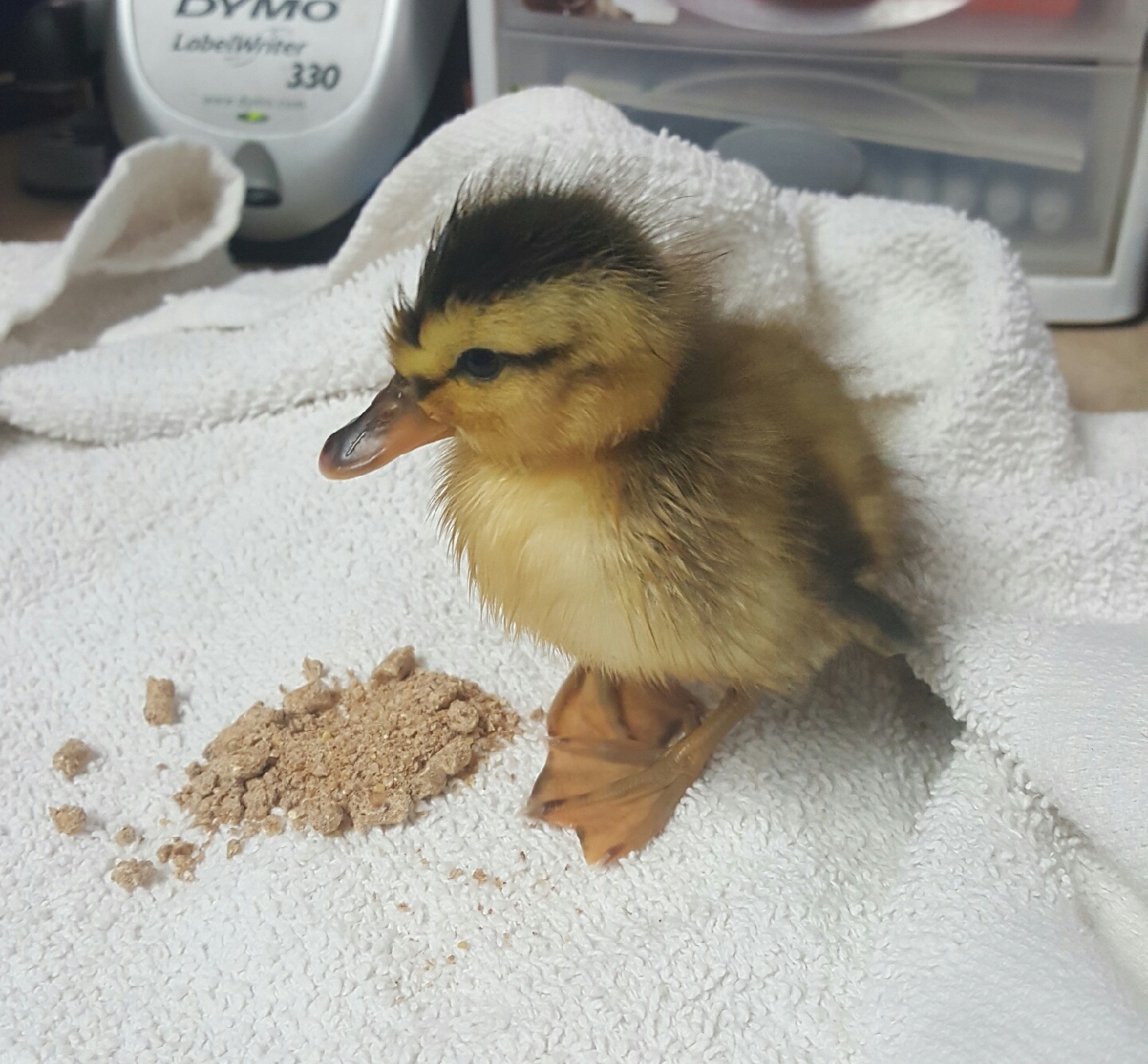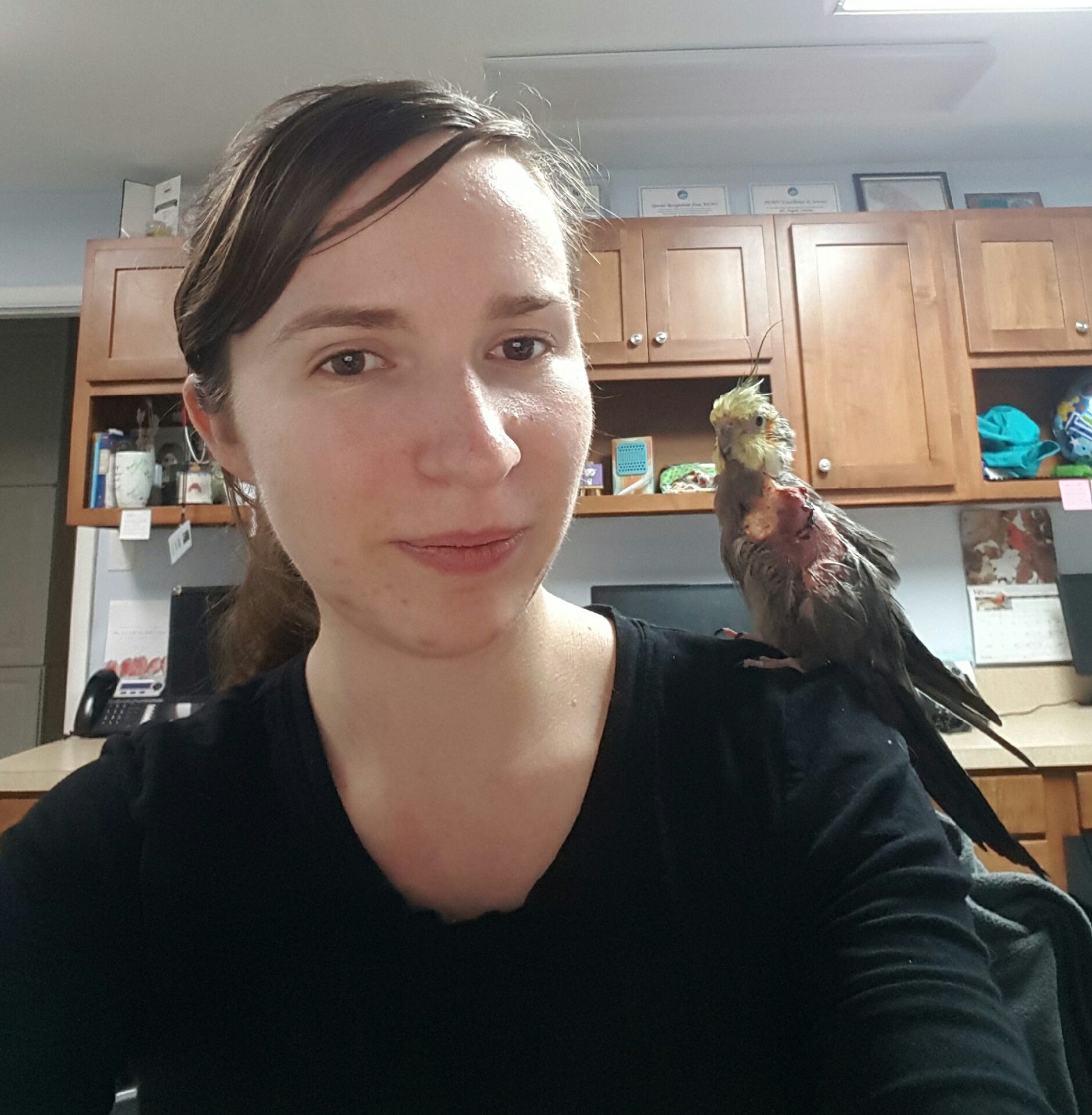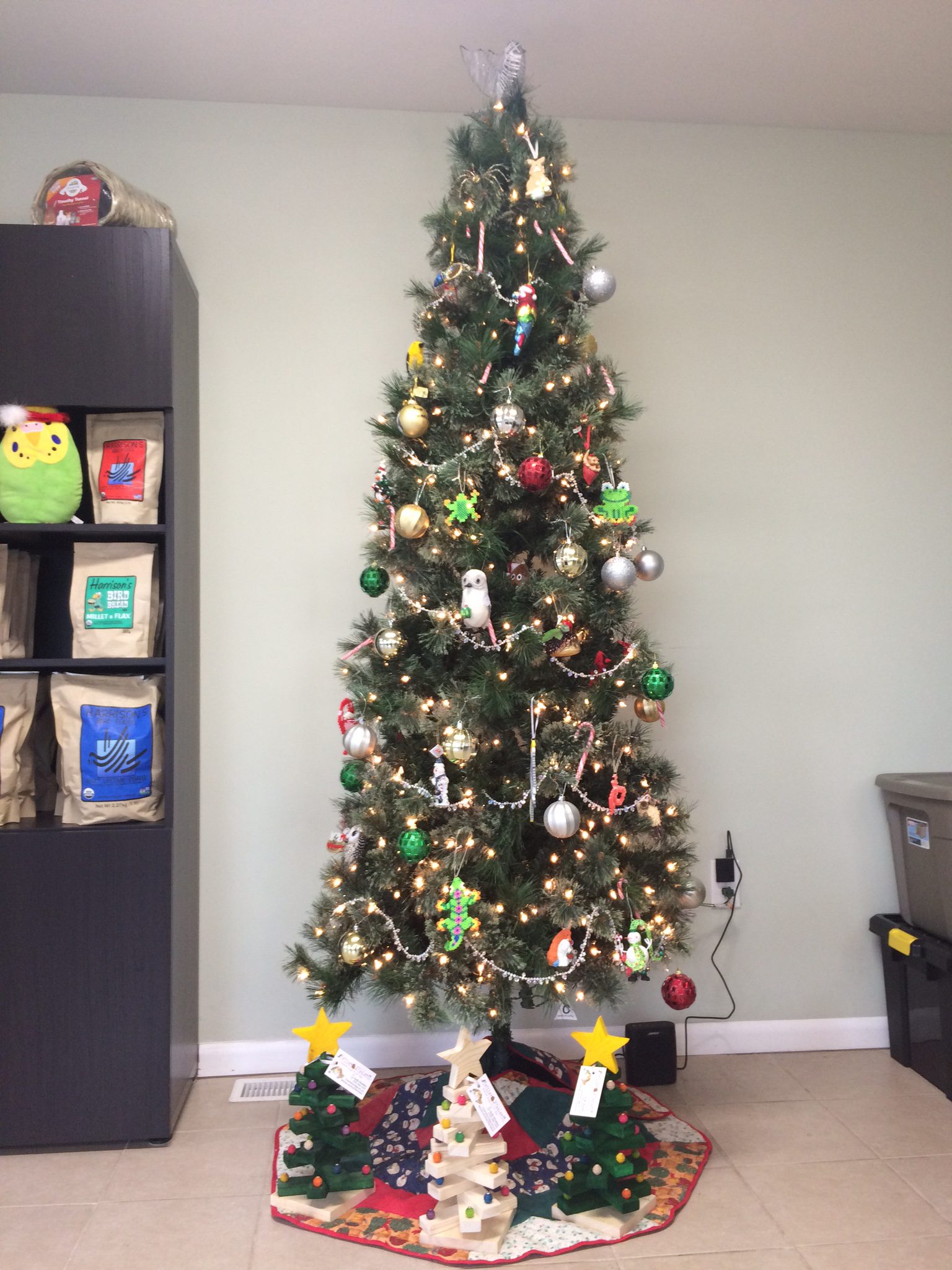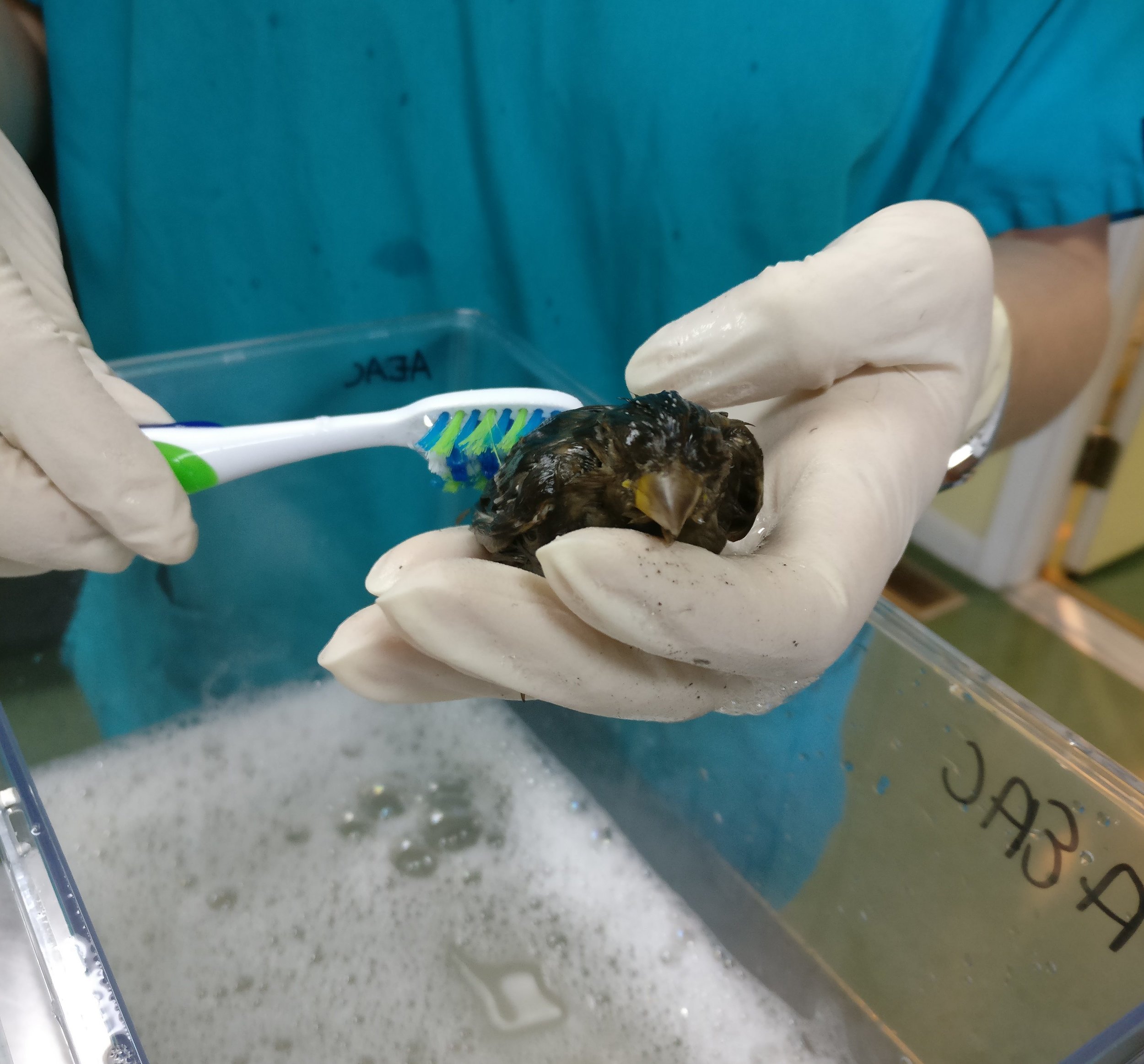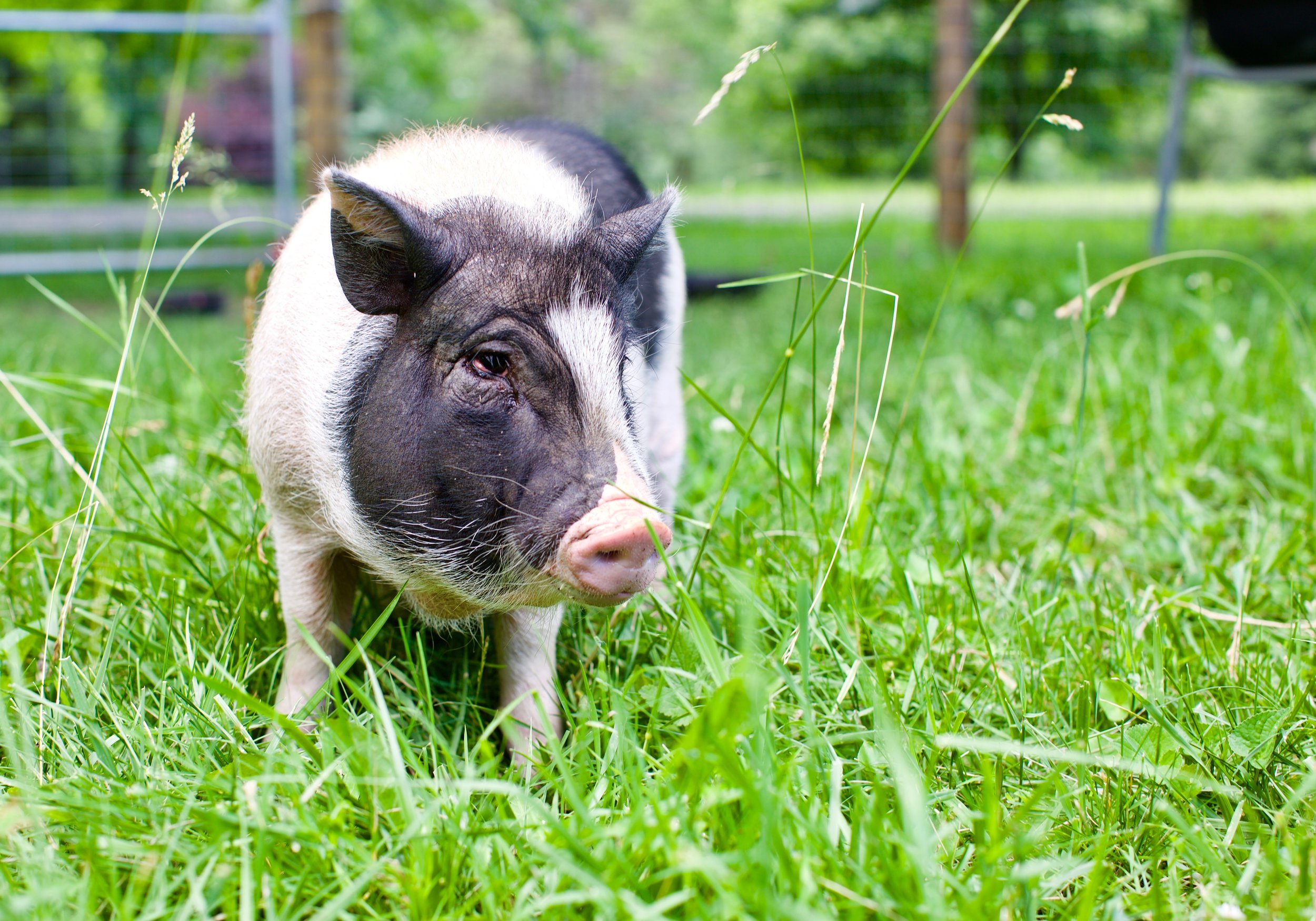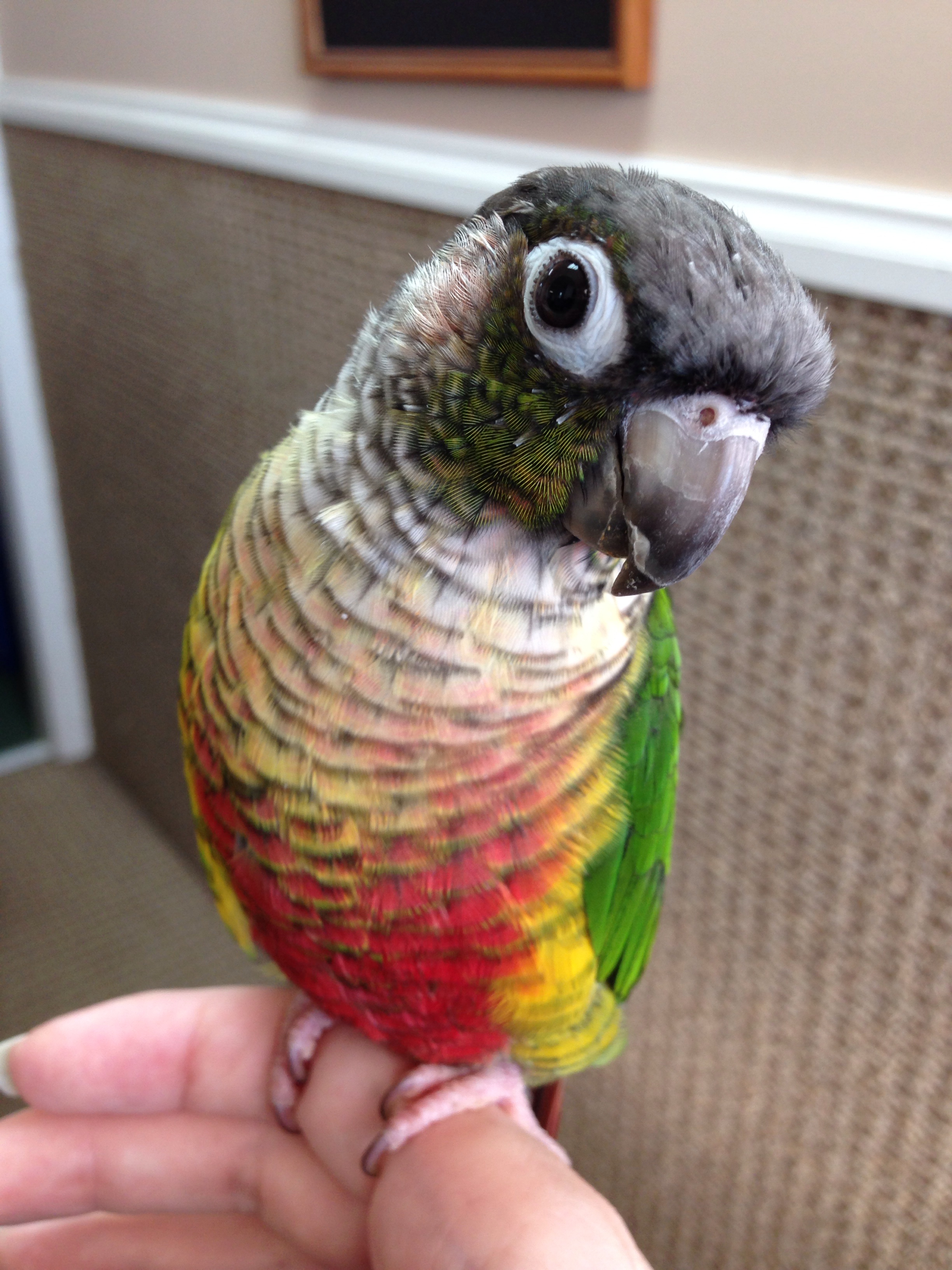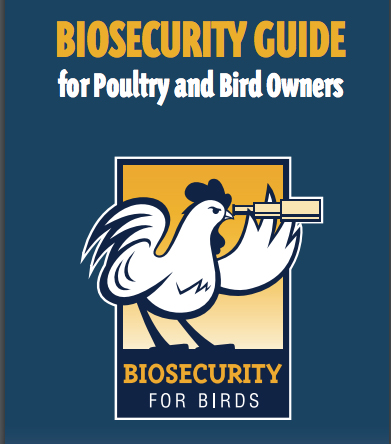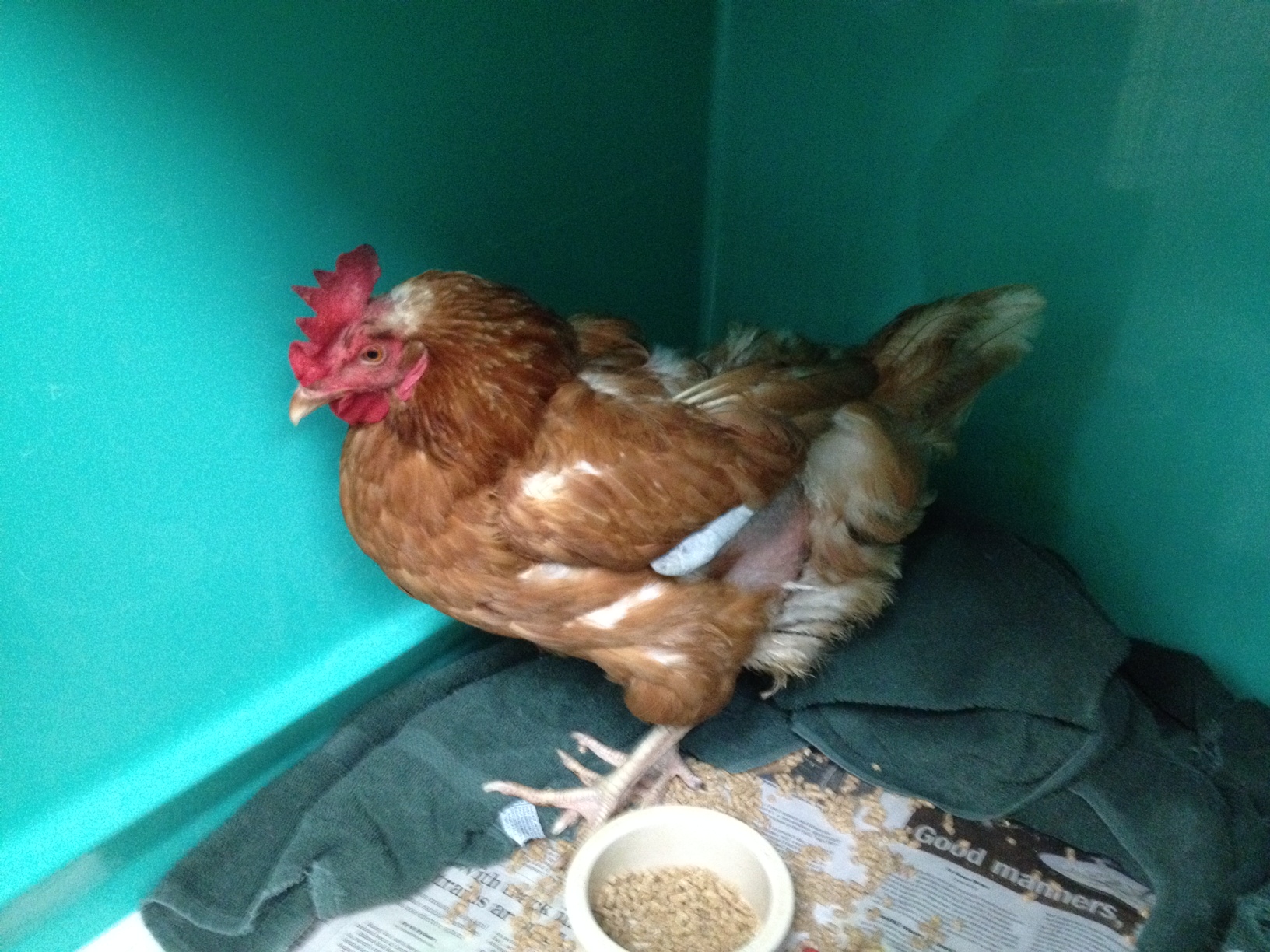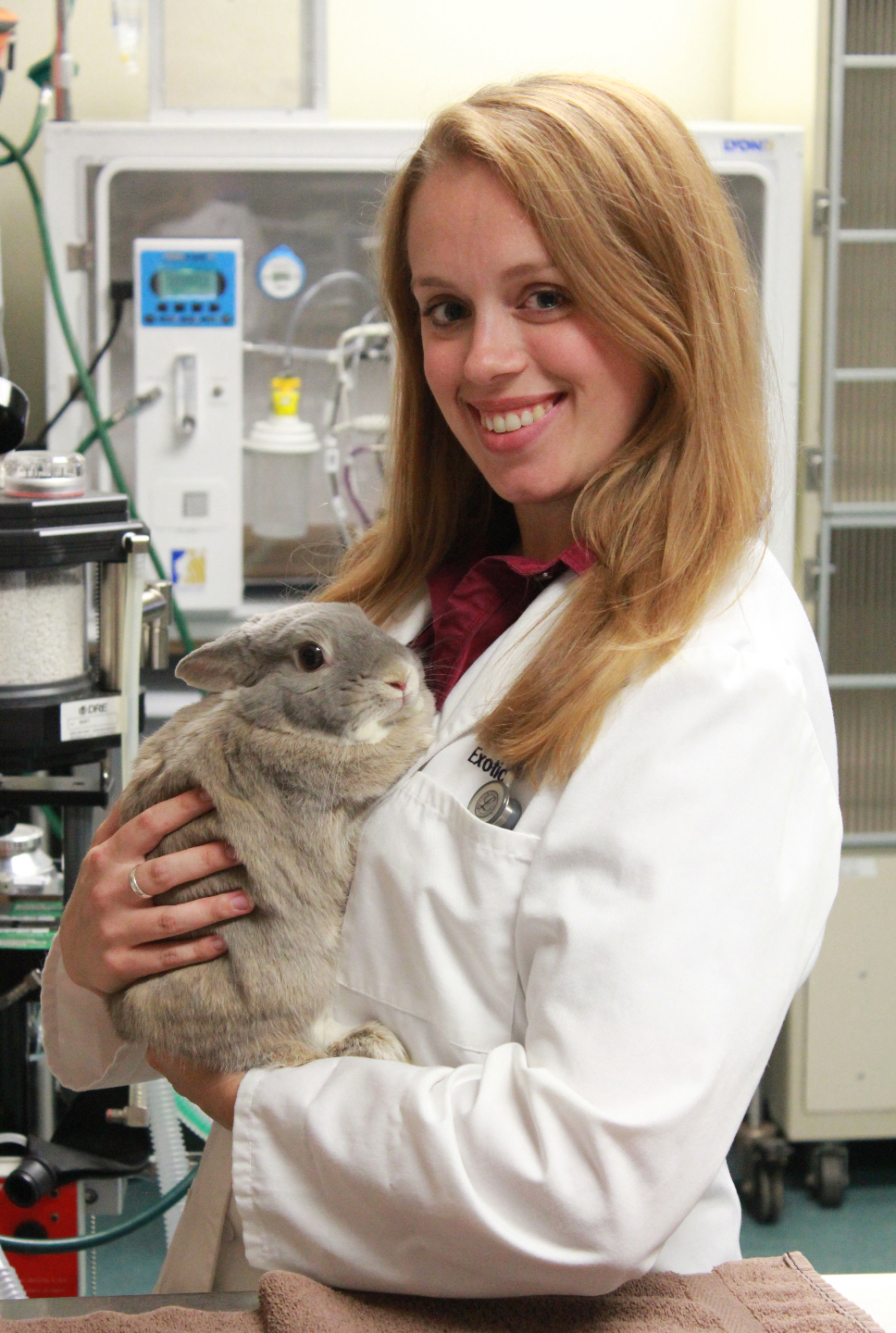Story by Brie Worrell
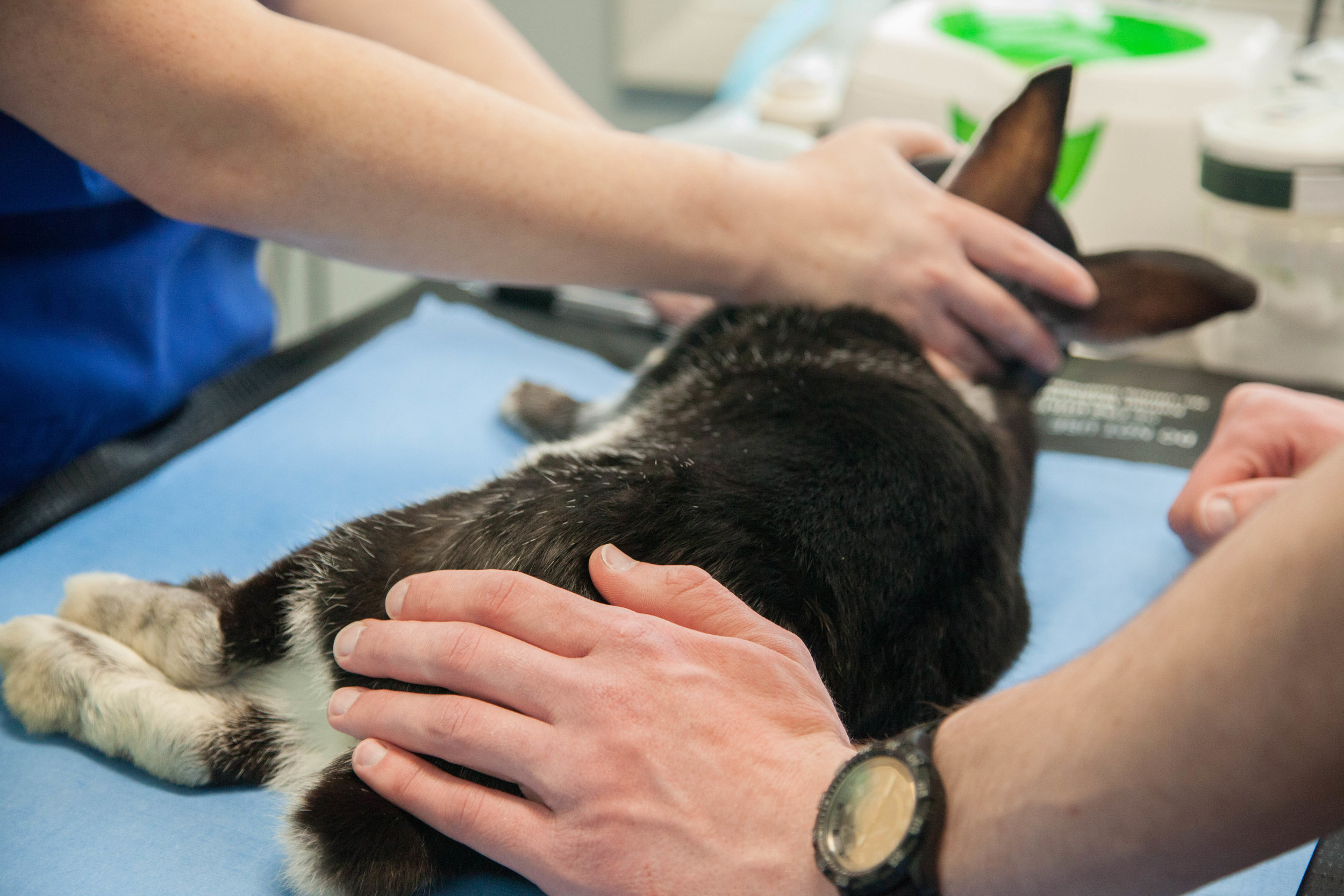
Many people do not know what an RVT or Registered Veterinary Technician is and what they do on a daily basis. An RVT is comparable to a nurse in human medicine. The daily tasks of an RVT include: taking histories on patients that come in for exams, setting up patients in the hospital to make sure they are comfortable, drawing blood from patients, medicating/performing treatments on patients, taking radiographs, filling medications, setting the patient up for surgery, monitoring them during surgery, and recovering the patient after surgery. At our clinic, there are several different positions our RVTs can fill each day including Surgery, Recovery, and Appointment Tech roles. Today, we are going to highlight the last couple of tasks that a Surgery Tech performs almost on a daily basis.
 A surgery tech starts the day by making sure that all patients who have a procedure scheduled that day are set up in their holding cages and are comfortable. They then discuss the schedule of the day with the surgeon and decide what order the patients go in. After the first patient is selected, the tech sets up the surgery table with all of the supplies needed for the procedure from the drape to keep the table clean to the sterile surgery instruments for the procedure. They receive the sedation drugs from the recovery tech and sedate the patient. Once the patient is sedate, the tech preps the patient for surgery by taking radiographs if needed, drawing blood for blood work, placing a catheter, intubating the patient (placing an endotracheal tube down the patient’s airway so that the tech can breathe for the patient during the procedure), shaving and cleaning the surgery site, administering a pain block around the surgery site, and placing monitoring equipment on the patient. The monitoring equipment helps the tech monitor the patient’s heart rate, breathing rate, blood oxygenation, CO2 levels, temperature, and blood pressure.
A surgery tech starts the day by making sure that all patients who have a procedure scheduled that day are set up in their holding cages and are comfortable. They then discuss the schedule of the day with the surgeon and decide what order the patients go in. After the first patient is selected, the tech sets up the surgery table with all of the supplies needed for the procedure from the drape to keep the table clean to the sterile surgery instruments for the procedure. They receive the sedation drugs from the recovery tech and sedate the patient. Once the patient is sedate, the tech preps the patient for surgery by taking radiographs if needed, drawing blood for blood work, placing a catheter, intubating the patient (placing an endotracheal tube down the patient’s airway so that the tech can breathe for the patient during the procedure), shaving and cleaning the surgery site, administering a pain block around the surgery site, and placing monitoring equipment on the patient. The monitoring equipment helps the tech monitor the patient’s heart rate, breathing rate, blood oxygenation, CO2 levels, temperature, and blood pressure.
 Once all of this is complete and the tech is happy with the patient’s status, the surgeon enters the surgery suite and performs the procedure. During the procedure the tech is constantly keeping track of all of the patient’s vitals and making adjustments as needed. The tech is running the anesthetic gas administered to the patient the entire time and makes adjustments to levels whenever needed making sure the patient is at a quality level of anesthesia. They also open any sterile instruments the surgeon requires throughout the procedure.
Once all of this is complete and the tech is happy with the patient’s status, the surgeon enters the surgery suite and performs the procedure. During the procedure the tech is constantly keeping track of all of the patient’s vitals and making adjustments as needed. The tech is running the anesthetic gas administered to the patient the entire time and makes adjustments to levels whenever needed making sure the patient is at a quality level of anesthesia. They also open any sterile instruments the surgeon requires throughout the procedure.
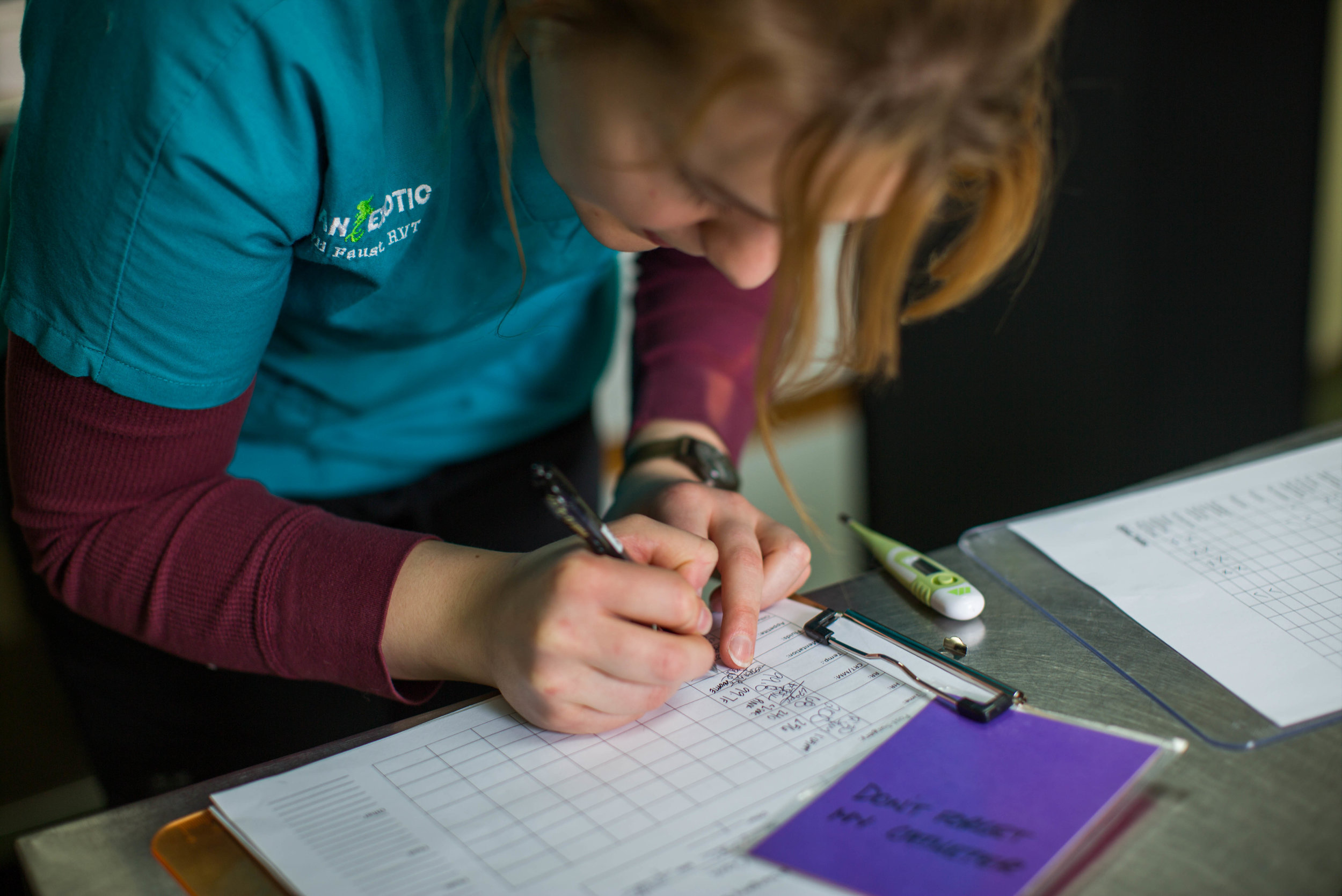 Once the procedure is finished, the tech wakes the patient up by stopping the anesthetic gas and administering oxygen to help the patient wake up smoothly. Once the patient is starting to wake up, they extubate (remove the endotracheal tube from the patient’s airway) to allow the patient to fully breathe on their own. They make sure the patient is clean and dry from the procedure and able to fully function on their own before leaving the surgical suite. They take the patient back to the hospital and hand them off to the recovery tech who wakes them up the rest of the way and monitors the patient till they go home. The surgical tech then has to clean/sterilize the surgical instruments and surgical suite before repeating the process for the rest of the procedures throughout the day.
Once the procedure is finished, the tech wakes the patient up by stopping the anesthetic gas and administering oxygen to help the patient wake up smoothly. Once the patient is starting to wake up, they extubate (remove the endotracheal tube from the patient’s airway) to allow the patient to fully breathe on their own. They make sure the patient is clean and dry from the procedure and able to fully function on their own before leaving the surgical suite. They take the patient back to the hospital and hand them off to the recovery tech who wakes them up the rest of the way and monitors the patient till they go home. The surgical tech then has to clean/sterilize the surgical instruments and surgical suite before repeating the process for the rest of the procedures throughout the day.
At the end of the day, when patients go home, the surgical technician takes the patient to the client and lets the client know how the procedure went, what to expect as the patient recovers at home, and demonstrates how to medicate the patient if medications are sent home. They then deep clean the surgical suite from top to bottom and re-sterilizes all of the remaining surgical instruments used throughout the day.
It is a full day for a surgical technician but one that is fulfilling! Seeing the patients go home at the end of the day with a medical problem resolved is a great feeling.
We look forward to sharing more about what our hospital staff does each day for the care and health of our patients!










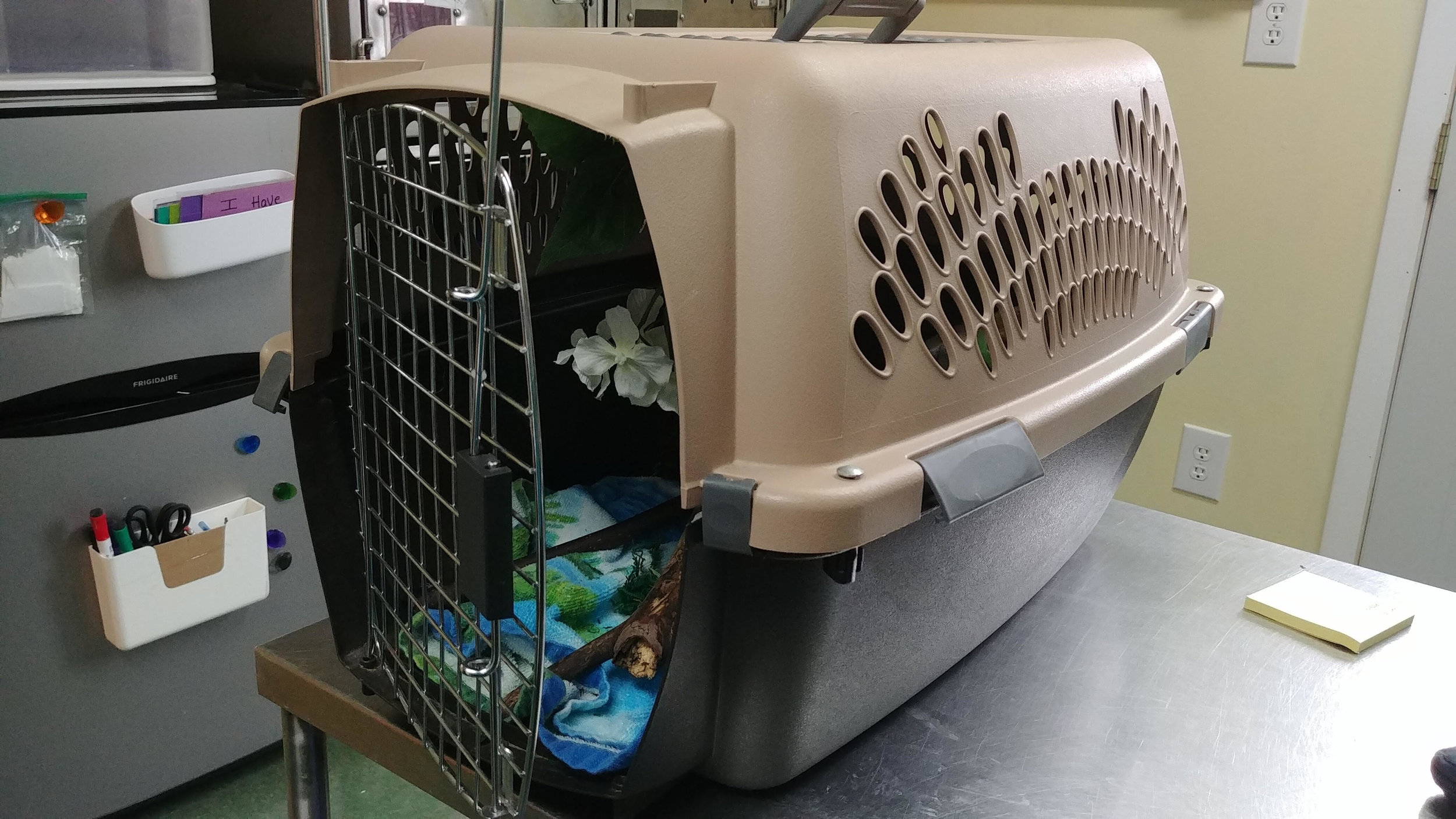 This little Chinese Water Dragon went for a car ride to come see us recently. Since it’s safest for him and all other pets to travel in secure carriers and we require all pets to be contained in the waiting room, he came to the clinic in the best carrier his owners had on hand. To make him comfortable, his owners put in a nice fleece blanket and something to hide in. However, when he arrived at the clinic and his carrier was opened, he was missing! We quickly called his owners. They carefully checked their car and found him hiding out. Luckily, there was no harm done and he did well for his visit. Next time, we’re sure he will come in a carrier with much smaller bars!
Are you unsure about what kind of carrier your exotic pet needs? We have seen just about EVERYTHING, so we can always let you know what works best! Give us a call and we would be happy to give you some recommendations!
This little Chinese Water Dragon went for a car ride to come see us recently. Since it’s safest for him and all other pets to travel in secure carriers and we require all pets to be contained in the waiting room, he came to the clinic in the best carrier his owners had on hand. To make him comfortable, his owners put in a nice fleece blanket and something to hide in. However, when he arrived at the clinic and his carrier was opened, he was missing! We quickly called his owners. They carefully checked their car and found him hiding out. Luckily, there was no harm done and he did well for his visit. Next time, we’re sure he will come in a carrier with much smaller bars!
Are you unsure about what kind of carrier your exotic pet needs? We have seen just about EVERYTHING, so we can always let you know what works best! Give us a call and we would be happy to give you some recommendations!






